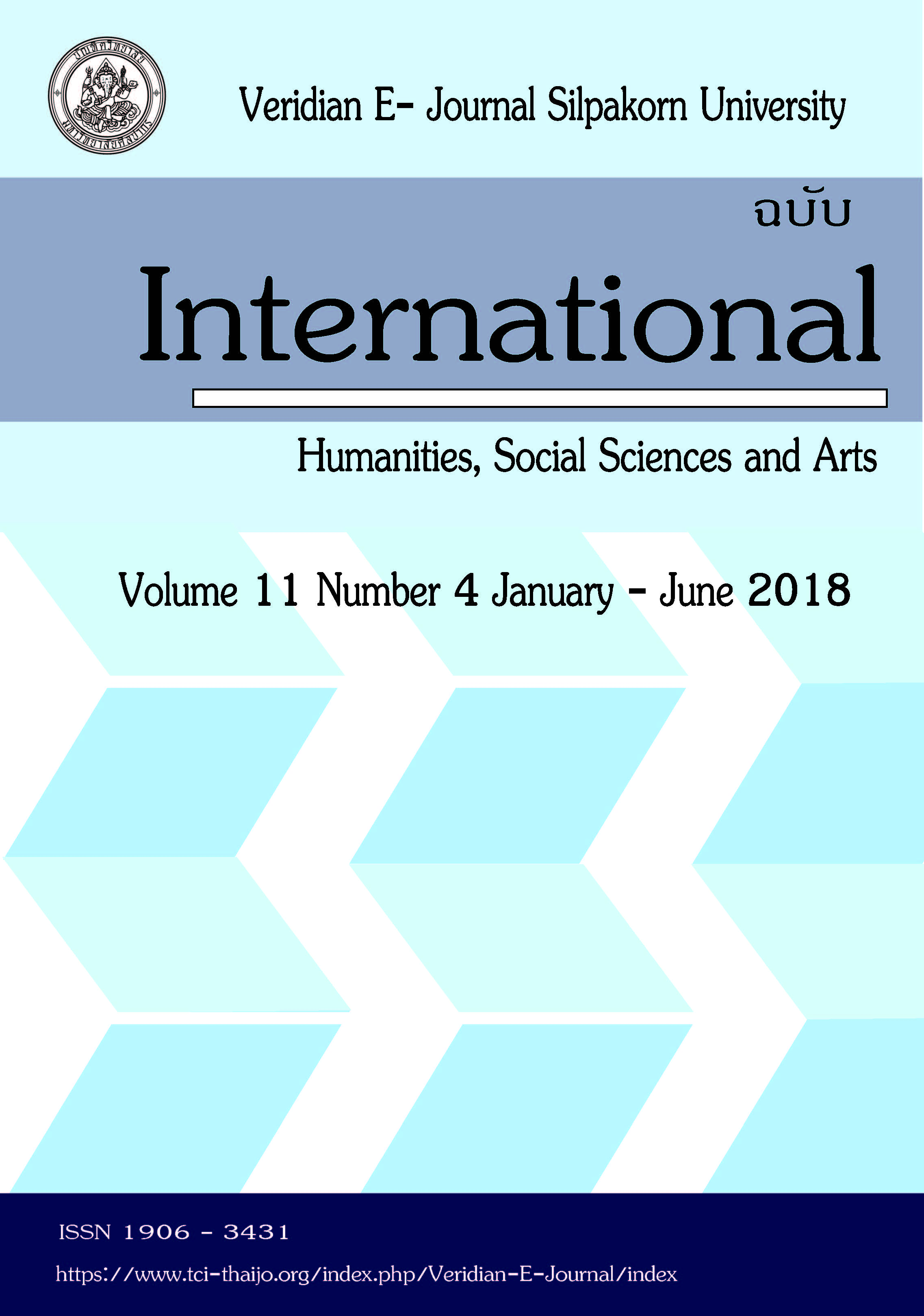Community Participatory Project for Rehabilitation after Tsunami Disaster 2011
Main Article Content
Abstract
Although Japan has a long historical knowledge of development and responsive practices in the area of disaster prevention and reduction, the unexpected disaster of Great East-Japan earthquake and tsunami on March 2011 generated massive and unprecedented deconstruction in the greater Tohoku region included Iwate, Miyagi, and Fukushima prefectures. This catastrophic destruction had an impact on tsunami victims both in terms of physical conditions and towns and communities and socio-economic vulnerabilities of living conditions. However, there are evidences of willingness of tsunami victims - local people in tsunami effected communities - with assistance from non-profit organizations trying to rehabilitate their communities through participatory community projects, bouncing back to normal life. This is appearing in different disaster affected areas. This paper is an extended outcome from a research project focusing on Ishinomaki in Miyagi prefecture, one of the worst tsunami-hit communities, as an example of such a project. Interviews with selected nine key informants, who actively involved in rehabilitation project, were conducted to obtain data on plans and activities of community participatory projects for rehabilitation after the tsunami disaster. Findings and discussion show how the participatory community approach was conducted to rehabilitate the community after the disaster. Social capital was addressed as a main mechanism to engage people for their community project. Consequently, lessons learned from the experience of disaster affected communities and the use of a participatory community project approach for rehabilitation were provided with some suggestions for future development.
